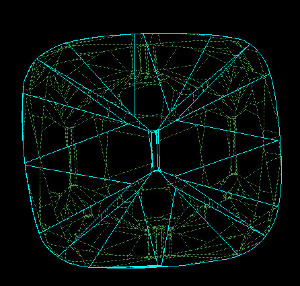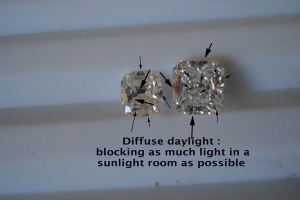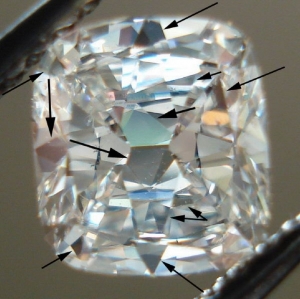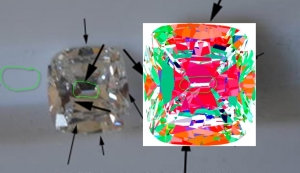- Joined
- Apr 30, 2005
- Messages
- 34,566
FuturePsyD said:Risingsun: yes, we may not be privy to what has occurred between certain members in the past, but that does not mean that Doc can't express his/her opinion regarding certain posts in this particular thread.
I personally have nothing against any individuals that have posted and have learned a great deal. But I don't think its fair to ask Doc to not voice his opinion on a public forum thread that is currently in play simply because there may be a back story between certain posters.
Rockdiamond said:Ken- I have to know how to operate some high tech gear.
Taking pictures is more of a result driven thing, for me.
I take the photos, stick the card into my computer, and if the results conveys to me what I saw with my eye, I go with it.
If it was not working, yes, I'd have to RTFM
i just bought an SLR- I love it. It's great for taking pictures of people.
I'ts going to take a lot of work- and a macro lens, for me to start to capture diamonds.
I'll have to RTFM
Rockdiamond said:CCL- the fact is, there is dissension among some of the industry's top people regarding some of AGS's tools, and grading standards- particularly cut grading of fancy shapes.
ChunkyCushionLover said:Rockdiamond said:Ken- I have to know how to operate some high tech gear.
Taking pictures is more of a result driven thing, for me.
I take the photos, stick the card into my computer, and if the results conveys to me what I saw with my eye, I go with it.
If it was not working, yes, I'd have to RTFM
i just bought an SLR- I love it. It's great for taking pictures of people.
I'ts going to take a lot of work- and a macro lens, for me to start to capture diamonds.
I'll have to RTFM
If you want to stop having diamonds stop look dark like that round you have to move the camera farther away with a telephoto macro.
The reason why the round looks darker than the radiant is that it more efficiently draws light from higher angles, it draws in and reflects the black part of the camera lense which is at a high angle to the stones.
The radiant is drawing light from lower angles, so it is aided by the lamps you are using and their reflections off the white surface.
Not an accurate cut comparison.
clgwli said:Interesting observations I have made now that I finally got a chance to view this on a real computer.
I was surprised to see as much red as I did in the Daussi diamond. I looked at the photos and videos more than once and side by side I would personally say that the Radiant was a brighter stone. FTR I am not putting down the Daussi saying it looked leaky at all, just pleasantly surprised with the amount of red and other colors. That is an aboslute positive for me.
clgwli said:I finally finished the article that CCL linked. It took a while since the diagrams were always listed way before they were discussed which made for a lot of scrolling. Understanding the science behind it is neat.
clgwli said:I do wonder if taking a photo of an ASET is any more accurate than taking a photo of a diamond in a light box much like Gary's (very controlled light source).
clgwli said:CCL, David has a youtube channel. If you find his channel it is super easy to find any videos that have been posted. I actually stumbled on it while looking at another video of his. They are listed in chronological order from most recent upload to first upload. I believe this comparison video was 2 or 3 down on the list.
clgwli said:Do these scans also have the ability to show the pavilion facets much like they showed the facets on the crown? Just curious since I have no idea what they can or cannot do.



Garry H (Cut Nut) said:RD and Doc1 - CCL does make one valid criticsm - RD you have a low level of comprehension when you read. When the discussions are like this one is - it is worth reading carefully. It has also frustrated me greatly in the past.
It is infact the main issue I have with you is that explaining the same issue many times.
I am participating here because there is potentially good learning to be had for enthusiast consumers and lurkers (trade, labs and consumers).
But RD, you too should try very hard to understand some of the basic issues so that, for e.g. when you do experiments you understand things like lens obstruction (e.g. the photo of the round you posted has the lens / camera blocking a lot of light, or the light is coming from very low angles). Most enthusiasts get these concepts pretty easily - they are not complex.
Here are the two stones under discussion (I suggest opening two or 3 windows to play together):
http://www.youtube.com/watch?v=Zcs3Y8ZppRU
http://www.youtube.com/watch?v=ZbWqY0y2Z9M
and here is the default DiamCalc 0.78ct round for comparison:
http://www.youtube.com/watch?v=-FJYfBl35cM

